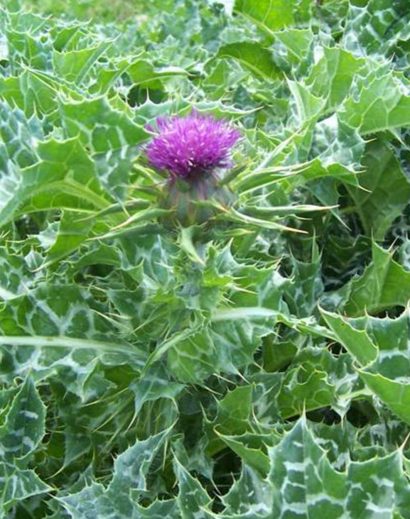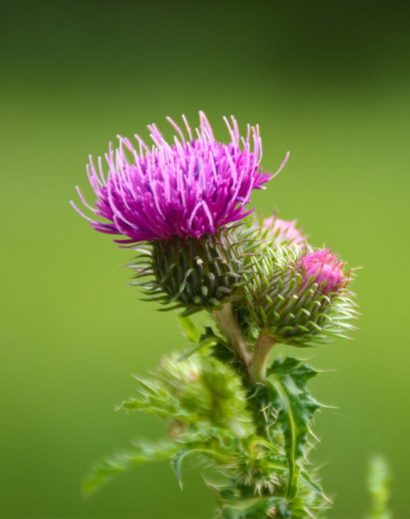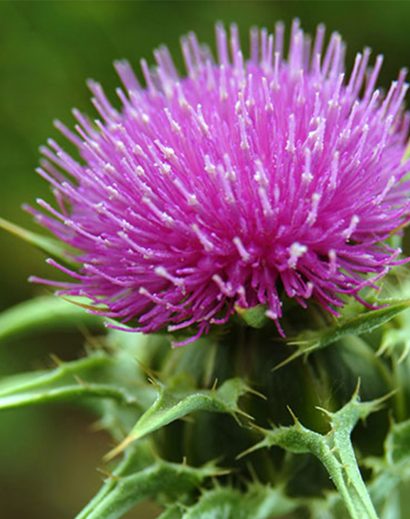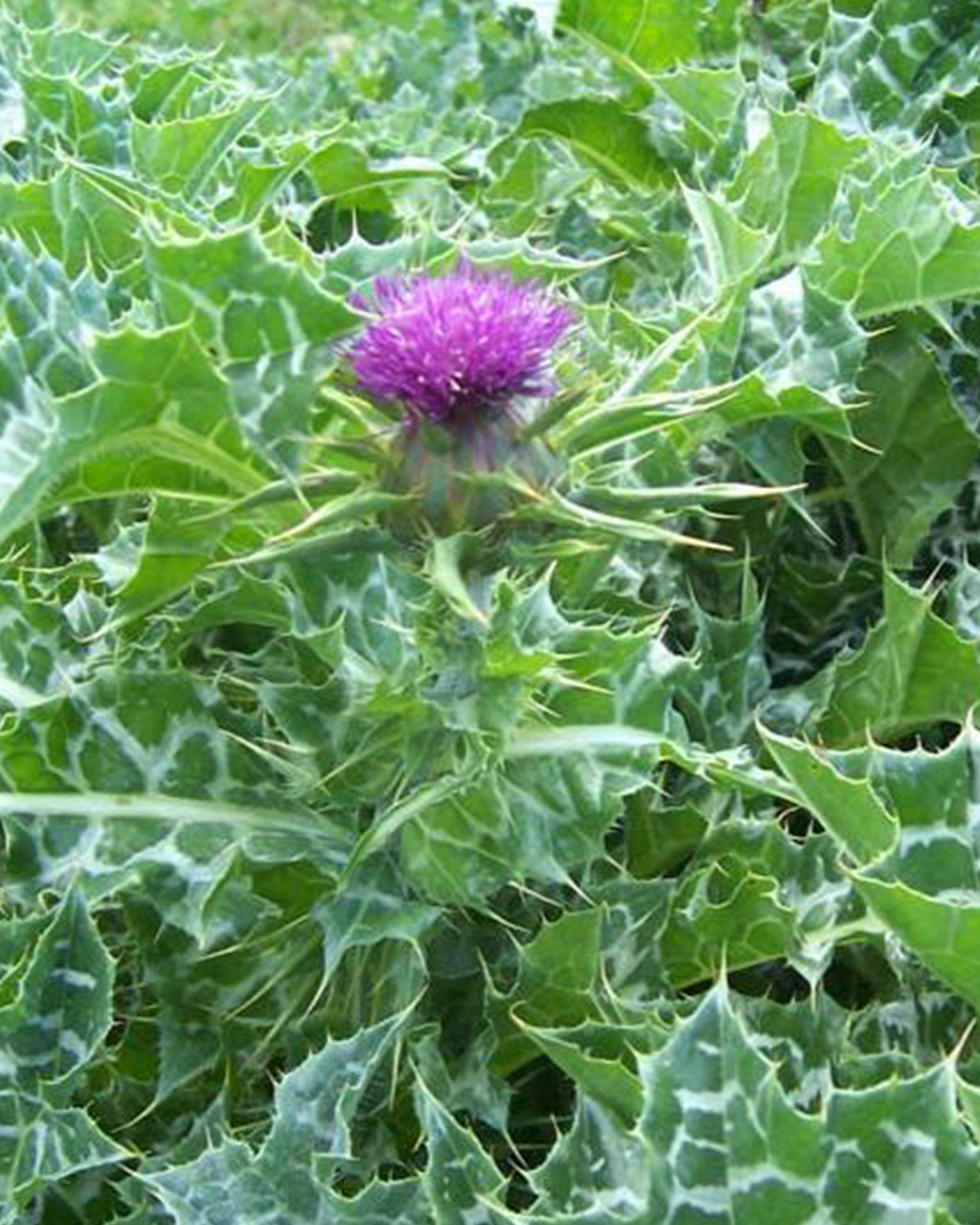Milk thistle, scientifically known as Silybum marianum, is a flowering plant that has been used for centuries for its potential health benefits, particularly for liver health. Here are some key points about milk thistle:
- Appearance: Milk thistle is a prickly plant with distinctive purple flowers and shiny, marbled leaves. It can grow up to 10 feet tall and is commonly found in Mediterranean regions.
- Active Ingredient: The active compound in milk thistle is silymarin, which is a mixture of several flavonolignans, including silybin, silydianin, and silychristin. Silymarin is believed to have antioxidant and anti-inflammatory properties.
- Traditional Uses: Milk thistle has a long history of use in traditional medicine, especially for liver-related ailments. It has been used to treat liver disorders, hepatitis, and gallbladder problems.
- Liver Health: Many people use milk thistle supplements to support liver health. Silymarin is thought to protect the liver from toxins and oxidative stress. It may also help regenerate liver cells and promote the flow of bile.
- Research and Clinical Studies: Some studies suggest that milk thistle may be beneficial for various liver conditions, such as non-alcoholic fatty liver disease (NAFLD), alcoholic liver disease, and hepatitis. However, more research is needed to confirm these effects conclusively.
- Other Potential Benefits: In addition to liver health, milk thistle has been explored for its potential benefits in managing diabetes, reducing cholesterol levels, and supporting heart health. Some research also suggests it may have anti-cancer properties.
- Dosage: If you’re considering using milk thistle supplements, it’s important to follow the recommended dosage on the product label or consult with a healthcare professional. Dosages can vary depending on the form of the supplement (capsules, extract, etc.) and the specific health condition being targeted.
- Safety and Side Effects: Milk thistle is generally considered safe for most people when taken at recommended doses. However, some individuals may experience mild side effects such as digestive upset or allergic reactions. People with allergies to plants in the Asteraceae family (such as ragweed, marigolds, and daisies) may be more likely to experience allergic reactions to milk thistle.
- Interactions: Milk thistle may interact with certain medications, particularly those metabolized by the liver. If you’re taking prescription medications, consult your healthcare provider before adding milk thistle supplements to your routine.
- Availability: Milk thistle supplements are widely available in health food stores and online. It can be found in various forms, including capsules, tablets, tinctures, and teas.
Always consult with a healthcare professional before starting any new supplement regimen, especially if you have underlying medical conditions or are taking medications, to ensure that milk thistle is safe and appropriate for your individual needs.





Reviews
There are no reviews yet.